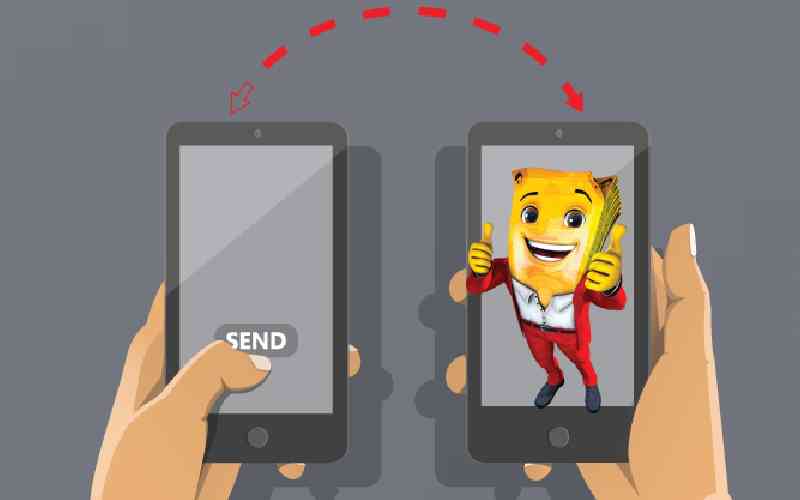Nairobi, Kenya: The last two decades have seen huge profits and geographical presence in the banking sector.
These have been driven by the growth and development of information technology locally and globally, leading to drastic changes in the processes, operations and products offered by the banks and other financial institutions.
We have moved from the huge crowds and carelessly maintained files and data of yesteryears to very convenient, modern, technologically enhanced and secure services. All this, for the last many years, has been done with the banking halls of the brick-and-mortar models of bank branches.
Mobile banking
However, most banks and customers have adopted the more convenient internet and mobile banking. This triggers the question, “What is the future of branch banking?” Should we expect more or less branches? What changes should the customers and other players in the industry be prepared for?
Kenya will not see the era of branchless banking in the near future, not in the next 30 years. In fact, the next decade will see a sharp increase in the number of branches. This is because there is still a huge chunk of the population that remains “unbanked.”
What Kenyans should expect is a transformation of branches by way of a paradigm shift in functions and operations.
Branches will no longer carry out teller functions but focus on sales, marketing and relationships.
Expect in the next 10 years to walk in to a banking hall and find cool lingala or rock music playing in the background.
These halls will perhaps have automatic teller pods that enable customers deposit and withdraw their money, deposit cheques, acquire bankers cheques, carry out intra-bank and interbank money transfers, get bank statements as well as order new cheques books and credit cards.
Indeed, I expect banks to start delivering money to homes or offices!
The banks of the future will have smaller call and contact centres because the next generation is going to get sorted through social media which, in the next decade, is going be the most accepted means of communication by customers and their banks.
Customers should brace for a technology-driven sector. It is expected that customers will have their cheques presented through online platforms.
Paperless bank statements will replace the current ink-to-paper norm while mobile and internet banking will be compulsory for account opening and credit application appraisal processes, which will be instant and computer-based.
Stay informed. Subscribe to our newsletter
 The Standard Group Plc is a
multi-media organization with investments in media platforms spanning newspaper
print operations, television, radio broadcasting, digital and online services. The
Standard Group is recognized as a leading multi-media house in Kenya with a key
influence in matters of national and international interest.
The Standard Group Plc is a
multi-media organization with investments in media platforms spanning newspaper
print operations, television, radio broadcasting, digital and online services. The
Standard Group is recognized as a leading multi-media house in Kenya with a key
influence in matters of national and international interest.
 The Standard Group Plc is a
multi-media organization with investments in media platforms spanning newspaper
print operations, television, radio broadcasting, digital and online services. The
Standard Group is recognized as a leading multi-media house in Kenya with a key
influence in matters of national and international interest.
The Standard Group Plc is a
multi-media organization with investments in media platforms spanning newspaper
print operations, television, radio broadcasting, digital and online services. The
Standard Group is recognized as a leading multi-media house in Kenya with a key
influence in matters of national and international interest.







